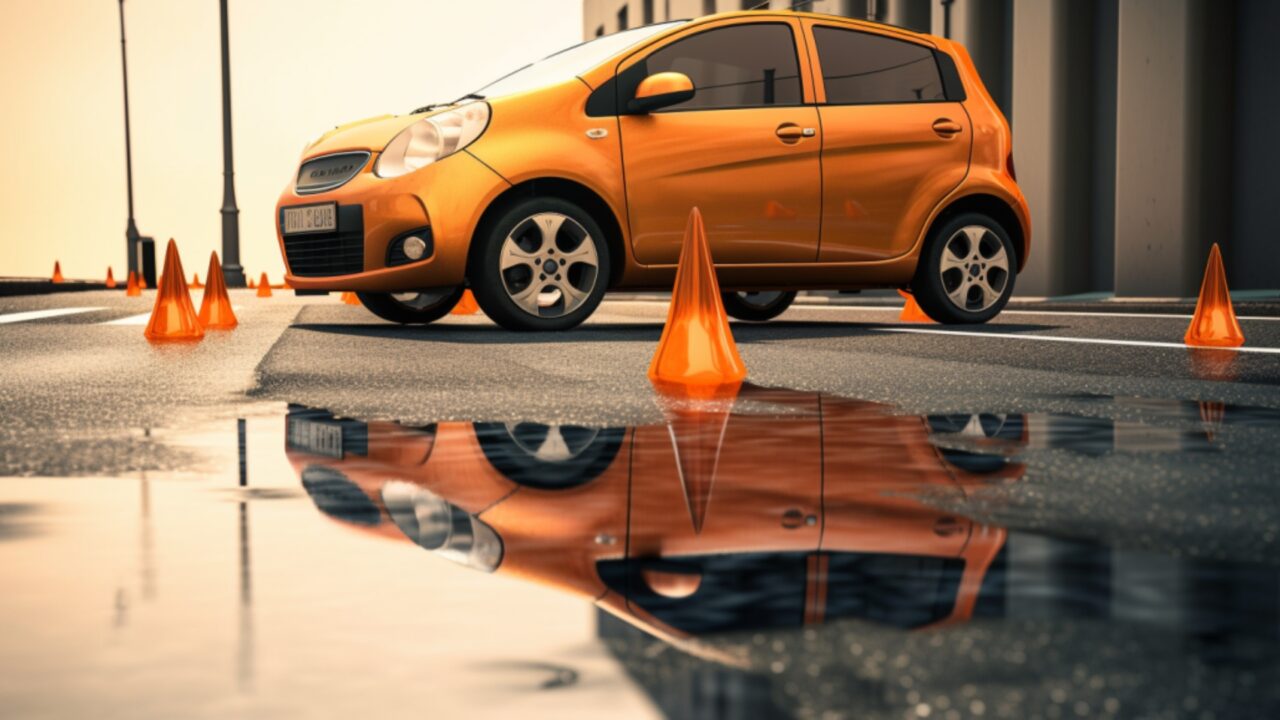Discover the common causes of breakdowns for electric vehicles in this informative article. Learn how the lifespan of an EV compares to traditional cars. Don’t let breakdowns catch you off guard and read on to be prepared.
If you are considering buying an electric car for the first time, you may wonder about the likelihood of breakdowns and the common issues with cars. The lifespan of an electric vehicle is similar to a petrol or diesel car, and the latest electric cars are brimming with innovative technology. However, they still experience breakdowns, but less often than their fossil-fueled counterparts.

Engine issues
Electric engines are becoming more popular due to their improved reliability over petrol and diesel motors. This is because electric engines have fewer moving parts, meaning there are fewer components which can wear out or fail.
This also translates to reduced maintenance requirements, as there is less to service and repair. Electric motors are also more efficient than petrol or diesel engines, as they convert more of the energy they use to move the vehicle. This makes them more cost-effective to run. Electric engines have a longer lifespan than petrol or diesel motors due to the lack of friction.
Electric cars provide a number of advantages compared to traditional-powered vehicles. They do not rely on conventional clutches or gearboxes, which are known to experience frequent problems. Electric cars do not require oil changes, as there are no oil filters to replace. This means that electric car owners save on the costs associated.
Moving parts and bulbs
There are parts in an EV that do wear out or fail over time. These parts include tyres, brakes (pads and fluid), suspension (ball joints), windscreen wipers (blades), bulbs for lights, window locks, air conditioning/heating systems and infotainment systems.
Each of these components can fail over time, and it is important to check them regularly and replace any that are showing signs of failure. Regular maintenance is essential to ensure the safety and performance of your EV, and it is important to consult a qualified technician if you have any questions or concerns about any of the components listed.
Battery issues
EVs typically have two batteries, one to power the motor and the other for low-current systems such as safety features, infotainment, and lights. If either of these batteries runs out of power, you could find yourself stuck on the roadside. The most common car breakdown is a dead 12v battery.
This can be caused by leaving the lights on, a faulty alternator, or even just a cold winter day. If your battery is dead, you’ll need to jump-start it or get a new one. Be aware that this common problem is not down to the charge in the main battery, but can be caused by e.g. lights left on or the car infotainment not being turned off.
It is an important feature of most EVs as this battery is crucial for maintaining critical safety systems. Even if the main battery runs flat, the 12V battery can still power emergency blinkers, airbags, seatbelts, brake boosters and other essential safety features.
The 12V battery in EVs usually lasts around 3-4 years which has a shorter lifespan with heavy usage. Infrequent use of the car can also cause this battery to age quicker, which may result in the electric car breaking down.
Unfortunately, faults with this battery can be a common cause for breakdowns and it can be a good idea to get a charger in the car to help you out should this be the issue. The frequency of electric car breakdowns due to lack of charge largely depends on the driver’s awareness and behaviour. You can purchase a good jump pack to jump-start your EV.

EV battery warranties
It’s important for EV owners to be aware of their battery warranty. Tesla, for example, offers a Battery and Drive Unit Warranty of 8 years or 100,000 miles, whichever comes first. If an EV’s lithium-ion battery fails outside of warranty, the cost of replacement can be high.
However, some cashback schemes exist for old batteries that can help offset the cost. In some cases, such as with the Renault Zoe, the battery is leased, meaning that owners won’t have to worry about replacing the battery when the time comes. As more people switch to electric vehicles, the demand for electric car breakdown cover is increasing.
Can EVs be charged by the roadside?
It is worth noting that as EVs become more prevalent, the infrastructure for roadside charging and emergency EV breakdown services is likely to improve and expand. Currently, when an EV runs out of power, it is typically towed to a charging point for recharging, which is generally faster than waiting for a roadside assistance operative with charging equipment.
However, access to charging equipment can still be limited in some areas. As of now, pure electric vehicles represent less than 1% of the UK’s total number of cars, but this number is expected to grow in the coming years. Usually, an EV battery recharge will be done using a generator which might take 40 minutes or so to give you about 10 miles of range to get you to the next charging point.

Due to the unique design of electric vehicles, towing them improperly can cause damage to the electric motor and other components. It is recommended that if an electric car needs to be towed, it should only be done by a flatbed tow truck. The EV should not be towed with a tow cable or lifted from the ground, as this can cause significant damage to the electric motor and other components. Cars should only be towed on freewheeling wheels and some EVs do not have this capability.
For example, the Nissan Leaf owner’s manual advises against towing the car with the front or all four wheels on the ground, instead recommending using a truck to transport a broken-down. Similarly, Tesla’s policy states that any damage caused during transportation is not covered by the warranty, emphasising the importance of careful handling during transport.
Recovery operators should be specifically trained in handling electric car breakdowns to ensure the electric car is towed appropriately.
Similarly, you can’t push an EV if it breaks down, it risks damaging the electric motor. The wheels of an EV are directly linked to the electric motor so if you are about to break down it is important to manoeuvre your car to a safe spot to stop, as soon as possible.
Flat tyres
Another common problem is a flat tyre. This can be caused by hitting a pothole, running over a sharp object or even just driving on a low-pressure tyre for too long. If you get a flat tyre, you’ll need to change it or call a tow truck with freewheeling technology or a flatbed.

Software problems
Software-related electric vehicle (EV) problems can range from a variety of issues. Fortunately, many of these problems can be addressed remotely by the manufacturer. The company can update the software in the car to fix the issue.
In some cases, the manufacturer may be able to diagnose the problem through a remote connection. It is always best to contact the manufacturer directly if you are experiencing any software-related problems with your EV, as they will be able to provide the best advice on how to proceed.
How to avoid car breakdowns
There are a few things you can do to avoid car breakdowns. Be aware of the warning signs of a breakdown, such as noises from the engine or the car pulling to one side. Be prepared for a breakdown by keeping a puncture repair kit, a flashlight and a first-aid kit in your car.
What to do if you have a breakdown
If you have a breakdown, the first thing you should do is stay calm. Then, try to figure out what the problem is. If you can’t fix the problem yourself, call a tow truck or a roadside assistance service.
Overall, the evidence suggests that electric cars are cheaper to maintain than petrol or diesel cars. However, there are some potential costs that you should be aware of, such as the cost of a battery replacement. If you want to check out the most reliable electric cars, then check out our post here.

1 thought on “Common EV Breakdown Causes”
Comments are closed.